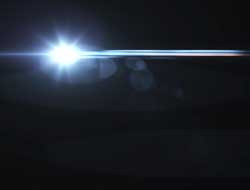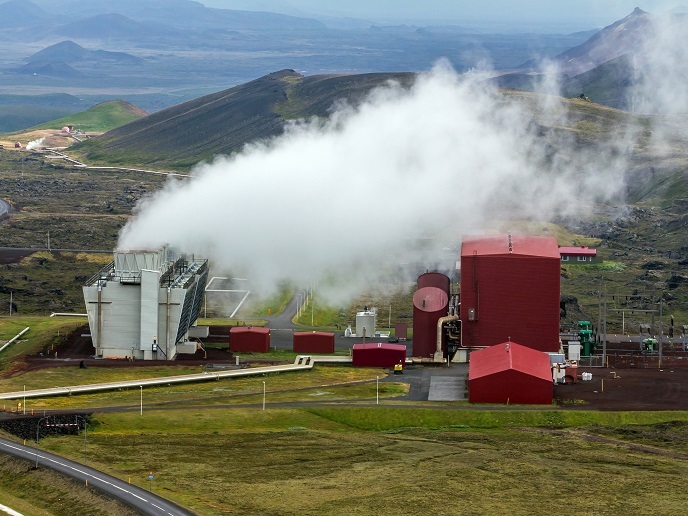Light and matter in nano-scale devices
Interaction of light or photons with matter provides an important window onto both the classical and quantum behaviours of materials and paves the way to development of new devices. EU-funded scientists launched the project 'Ultrafast phenomena in nanoparticle excitations' (UPNEX) to investigate collective oscillations (surface plasmons) in free electrons of a metal in the sub-10–femtosecond range. The team studied spatially and spectrally resolved ultrafast photoemission (the emission of electrons from a surface caused by incident photons) from nano-structured metal samples. The first step was construction of an advanced imaging spectrometer. It was used to analyse generation of terahertz (THz) radiation in the form of ejected photoelectrons from plasmonic nanoparticles. Researchers published important results demonstrating the correlation of the plasmonic resonance of nano-structured samples with the THz signal generated by them. Elucidation of mechanisms opened the door to exploitation in the field of laser-driven surface-integrated THz sources. Such sources could overcome current limitations associated with damage in non-linear crystal-based THz sources and enhance utility in materials science experiments and applications. In other experiments, scientists constructed a vacuum chamber in which the coupling of two opposing nanotips was investigated. They managed to decrease the coupling distance to approximately 100 to 150 nm. The system was used to demonstrate a nano-scale vacuum-tube diode consisting of two metal nanotips as an ultrafast electronic device exploiting pulsed electrons emitted by few-cycle photoemission. Further reduction in coupling distance should enable optical directional control of the current between the tips, paving the way to nano-sized ultrafast switches and devices. A final line of research investigated optically induced currents in dielectrics and development of novel light sources. In particular, building on a recently published article in the prestigious journal Nature, the team elucidated certain mechanisms of band gap dependence of induced currents. Results have potential application to even faster petahertz (PHz, 10–18 Hz) electronics. UPNEX fostered the careers of associated researchers and strengthened collaborations between them, and improved capabilities of the two laboratories involved. Along the way, it produced important new findings in the field of light–matter interactions at the nano scale with applications to nano-scale optoelectronics and nanoplasmonics.
Keywords
Nano-scale devices, ultrafast, femtosecond, optoelectronics, nanoparticle excitations







